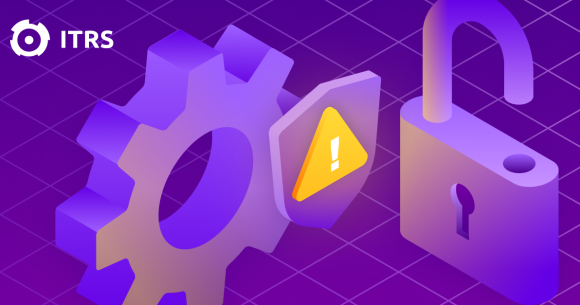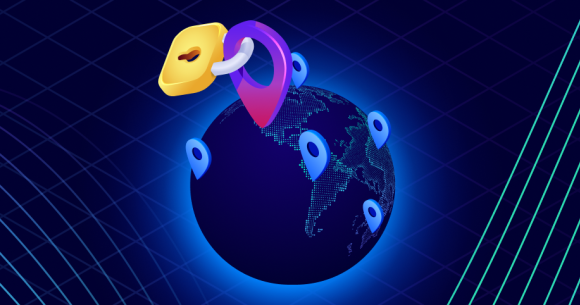Top five network monitoring trends for 2023
Should “auld acquaintance be forgot” when it comes to network monitoring trends for 2023? No. If anything, organizations will continue to have a heightened awareness of the entire IT estate in 2023, especially when it comes to security, regulation and user experience.
Here’s a sneak peek at how some of the top network monitoring trends of the year will likely impact security, network infrastructures and user experience going into 2023.
1. Observability and monitoring will play greater roles in cybersecurity
Cyberattacks cost companies billions of dollars each year. They can be challenging to detect in today’s complex distributed and microservices-based applications, and many go undetected until the financial and reputational damage is already done. Observability and monitoring platforms play a crucial role in unifying development and production insights, which helps companies to better understand the attack surface-area of applications. By employing metrics, logs, events, and traces, businesses gain a higher vantage point for observability, leading to better resilience to cyberattacks. Observability helps your teams detect authentication vulnerabilities, vulnerabilities in access control and external dependencies as well as brute force attacks. Incorporating observability into your security strategy can offer the visibility necessary for guiding proactive security actions and making recommendations to your decision makers, not to mention the ability to deliver your intended services and products despite cyberattacks.
2. Greater focus on user experience
More than ever, users are turning to mobile apps and highly interactive web apps to access goods and services. Downloads and usage of e-commerce apps have grown over the past two years, with significant growth during the coronavirus pandemic. Most users won’t wait for slow page-load times or applications that don’t work properly. IT teams need a way to measure the impact of overall network performance from the user’s perspective. User experience monitoring solutions, such as synthetic monitoring and web application monitoring, provide the tools need to monitor crucial performance metrics about latency, jitter, throughput, packet loss, and more. With the help of these performance metrics, organizations can identify and fix network issues quickly before they impact the overall end-user experience, affect revenue goals and overall brand reputation.
3. Heavier reliance on automation
According to 451 Research, about 83% of IT decision-makers have plans to expand or improve the capabilities of their monitoring tools to achieve visibility into cloud-native environments. This includes the ability to collect granular data at scale, flexible data-querying functionality, advanced analytics and support for automation techniques. The race to provide the right level of visibility via availability monitoring, configuration monitoring, performance monitoring, and cloud infrastructure monitoring may come down to what approaches IT teams take to network monitoring. Incorporating more automation into their deployments may take some of the burden off network monitoring teams by helping to reduce user error, locate root causes of bottlenecks and errors, and reduce security risks.
4. Device sprawl affects network monitoring
IT teams will keep a keener eye on the exponential increase in devices in 2023, and monitoring tools will become more essential to identify any potential rogues interacting with their networks. On top of managing and maintaining aging and outdated IT hardware and defending against increasingly sophisticated threats, IT teams will rely more on network monitoring technology to identify and manage the multitudes of new devices employees are using for work, including those that are not on the LAN. Smartphones, for example, are increasingly being used by employees for work, but when left unmanaged, these devices could be accessing and transmitting valuable business data without the IT departments’ knowledge - and without being monitored.
5. Operational resilience takes center-stage in business
Regulators are acutely aware of the threat of disruption to financial firms, and by extension to their customers, particularly in times of stress, and are mandating operational resilience. Technology-led business transformation, high-profile instances of outages, and recognition of the global interconnectedness of the financial system have led to increased focus on end-to-end business operations. There is a common desire to create a financial services sector that is more resilient to disruption, reducing the potential for wider contagion, financial instability, harm to customers, and reputational damage to firms. Although firms were always expected to manage their operational risk, plan for contingencies and have business continuity and disaster recovery plans, operational resilience is now much more complicated. A broader approach — incorporating equally important components such as people, processes, technology and information — is required.
Customer impact is always in mind and governance and accountability are in the spotlight.
So... out with the old and in with the new? Yes and no.
Many of these trends also dominated 2022 and will only become more important into 2023.
Try Uptrends digital experience monitoring for free by clicking below.




